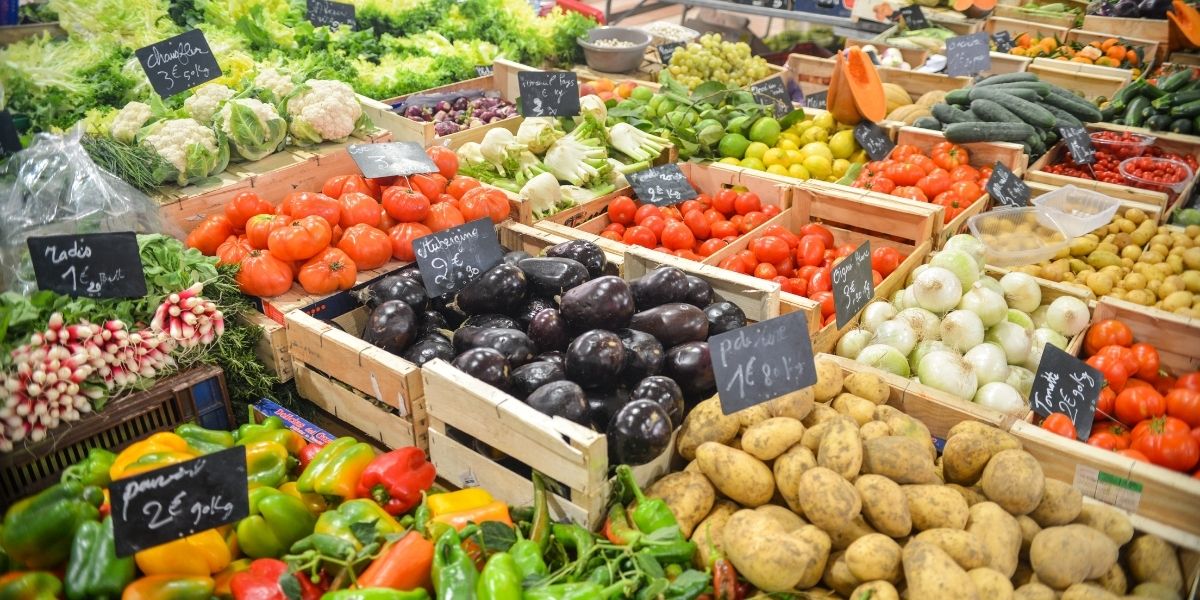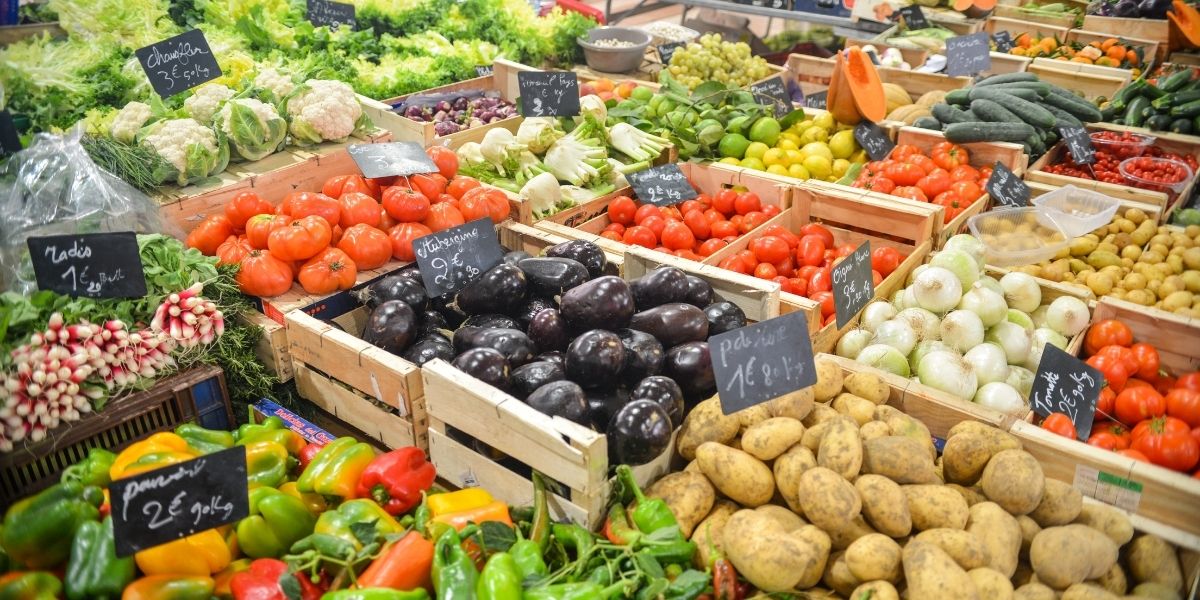The cost of living continues to climb, and grocery prices are no exception. As we move through 2025, many shoppers are feeling the squeeze on their wallets when it comes to purchasing everyday food items. From fresh produce to dairy products, prices seem to be rising consistently. But why is this happening, and how can you manage your grocery bill? Let’s break down the factors behind the price increases and offer tips to help you adjust your shopping habits.
Why Grocery Prices Are Rising and What You Can Do About It
There are several factors that contribute to the increase in food prices. First, inflation continues to affect many industries, including agriculture. As fuel and transportation costs rise, so too do the costs of getting food from farms to your local grocery store. Additionally, labor shortages, supply chain disruptions, and extreme weather events such as droughts and floods can all influence crop yields, driving prices higher.
The price of meat, dairy, and grains has been particularly affected, with some families noticing higher-than-usual prices for everyday items. According to recent studies, the cost of beef, chicken, and eggs is expected to increase by up to 10% over the next year, while dairy products like milk and cheese could see an even larger jump.
Top 5 Foods Seeing the Largest Price Increases
While grocery prices have been rising across the board, some foods are more affected than others. Here’s a look at some of the key items that have seen the largest price increases:
- Meat & Poultry: Beef, chicken, and pork are expected to rise in price, largely due to feed costs and supply chain disruptions.
- Eggs: A global shortage of eggs, combined with avian flu outbreaks, has led to skyrocketing prices for eggs.
- Dairy: Milk, cheese, and yogurt prices are expected to increase as dairy farmers struggle with higher production costs.
- Fresh Produce: Fruits and vegetables are more susceptible to climate-related disruptions, leading to unpredictable price hikes.
- Cereal & Grains: Wheat prices are rising due to global supply issues, impacting prices for bread, pasta, and cereal products.
We are excited to be networking with a variety of industries, including PlumberChat, MapAttorney.com, MapDr.com, MapDentist.com, DentalCoupons.com, DentistList.com, DentalChat.com, and TeleDental.com. It’s a great time to connect with us and expand your network!
7 Money-Saving Tips for Grocery Shopping in 2025
While higher prices may seem unavoidable, there are steps you can take to stretch your grocery budget further.
- Plan Your Meals: Create a weekly meal plan to avoid impulse buys. Stick to a shopping list to stay on track.
- Buy in Bulk: Purchase non-perishable items like grains, beans, and canned goods in bulk to save money in the long run.
- Shop Seasonal Produce: Seasonal fruits and vegetables are often cheaper than out-of-season options, so look for what’s fresh and local.
- Cut Back on Meat: Try incorporating more plant-based meals into your diet. Beans, lentils, and tofu can be just as nutritious and are often cheaper.
- Use Coupons & Sales: Always look for coupons, discounts, and sales events, especially for items you purchase regularly.
- Compare Prices: Use apps or websites to compare prices at different stores to find the best deals.
- Reduce Food Waste: Be mindful of expiration dates and leftovers. Freeze excess portions to use later.
By staying informed and shopping strategically, you can still manage to feed your family while adjusting to the rising food prices in 2025.



